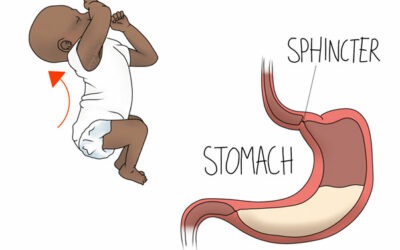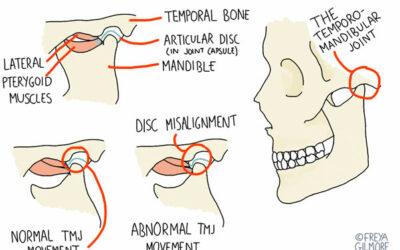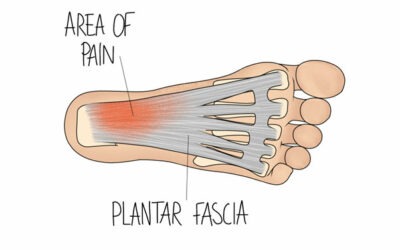We know to encourage children to eat plenty of calcium rich foods to help build strong bones and teeth as they grow. But did you know there are things we should all be doing to protect our bone health at every stage of life?
Our bones change continually during our lives. Bones are living tissues made up of nerves, blood vessels and marrow. They typically reach peak bone mass when we’re around 30 years of age. Beyond 30, bone loss gradually increases as a natural part of the ageing process.
Good bone health can contribute to a better quality of life as we age. So it’s vital to take care of our bone health now. Here’s our advice:
Eat calcium rich foods
Calcium is an essential mineral for healthy bone development. There are so many ways to include calcium in your diet: obvious sources are cheese, milk and yoghurt – or fortified dairy alternatives. Vegetables rich in calcium include broccoli, kale, rocket, spinach, watercress, pak choi and leeks. Almonds, tinned salmon with bones, sardines, soy products and fortified cereals are great calcium sources too.
(People with certain health conditions and post-menopausal women may also need to take a calcium supplement – check with your GP.)
Increase your vitamin D intake
Getting enough vitamin D can help our bodies absorb calcium. Dietary sources of vitamin D include dairy products, fish oils and eggs. Try to boost your vitamin D levels by getting out in natural sunlight every day too.
Include potassium in your diet
Potassium can help to neutralise the acids that eliminate calcium in the body. Sources of potassium include sweet potatoes, jacket potatoes, white beans, fish, dried apricots, bananas and yoghurt.
Adopt a healthy lifestyle
with a well balanced diet that includes plenty of fresh fruit and vegetables, and limit how much alcohol you drink.
Enjoy coffee in moderation too: caffeine can affect how the body absorbs calcium.
Give up smoking
If you’re a smoker, quitting can help improve your bone health since nicotine can affect the absorption of calcium and reduce blood flow to the bones.
Keep moving
A sedentary lifestyle is a risk factor for osteoporosis (together with a whole host of other ailments). Weight bearing exercise in particular is beneficial to our bones. That’s any exercise done on foot, so activities like walking, running, dancing and playing racket sports are all good. And muscle strengthening exercises are helpful too. Whether you use resistance bands, dumbbells, ankle weights, your own body weight or machines, strengthening exercises pull harder on bones, stimulating the skeleton and slowing bone loss.
Improve balance
For older people in particular it’s important to do some exercise based around improving balance, in order to reduce the risk of falls. Pilates, yoga and Tai Chi are all good.
Concerned about your bone health? Make an appointment with your GP and ask if they think you need a bone density check. They’ll consider contributing factors such as family history, your age and and your own medical history.



0 Comments